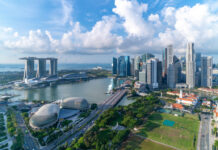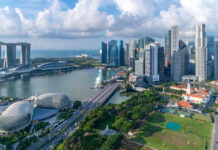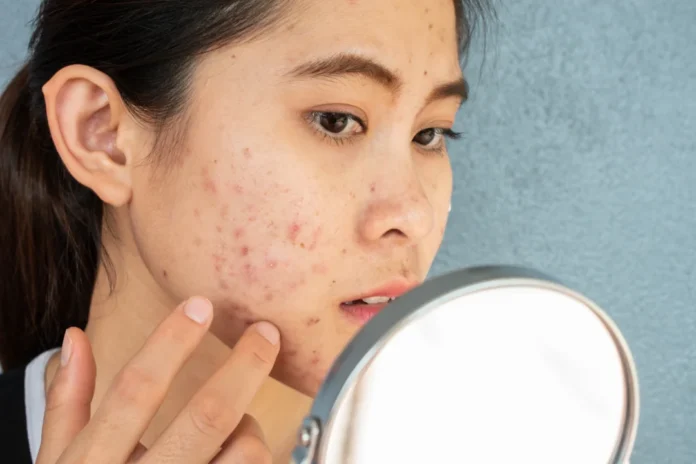
Getting past puberty age with flying colours in the acne department is a feat. However, that does not mean you will not come face-to-face with acne—ever. Our body undergoes a lot of changes, especially as we grow old. Stepping into adulthood, we may experience different hormonal changes. This is especially true for women. If you find yourself suffering from a chronic case of severe adult acne, do not worry. Scroll down to know about one of the most efficient acne treatments in Singapore (https://www.bayclinic.sg/concern/acne-scars-removal-singapore/).
Table of Contents
What is causing your acne?
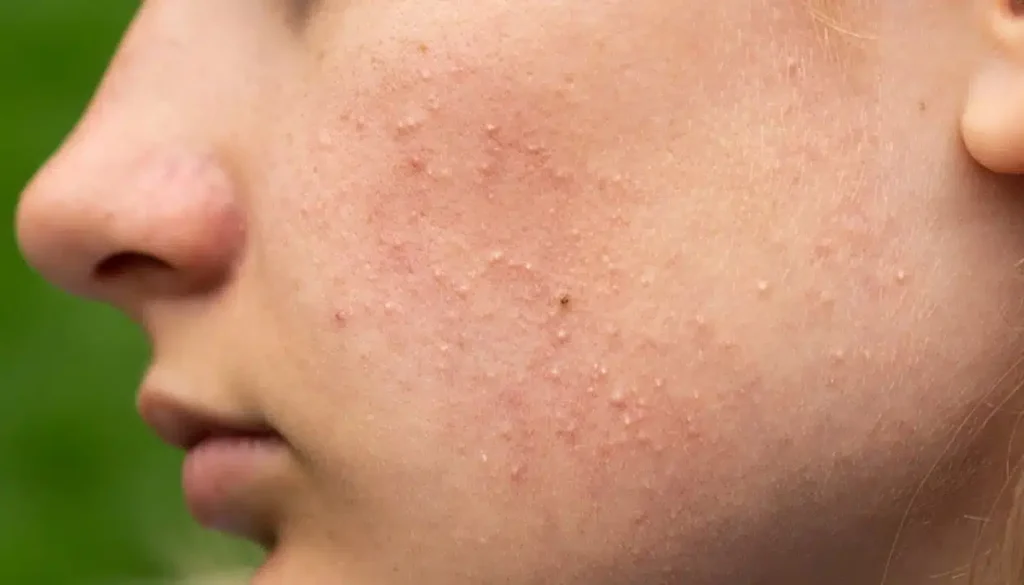
Aside from fluctuating hormones, there are four main contributors to those pesky zits and pimples invading your face:
- Bacteria
- Clogged pores
- Excess sebum
- Inflammation
Bacteria
Oftentimes the word bacteria connotes a negative image. In reality there aren’t only bad bacteria, but also good. Cutibacterium acnes (C. acnes) is a type of harmless bacteria that thrives in our skin under healthy conditions. Along with other bacteria, C. acnes helps in keeping the skin free from organisms that are harmful and maintains the condition of the skin balanced. Despite being naturally a good bacteria, C. acnes can turn to the dark side and wreak havoc to the face when triggered by certain circumstances, such as excess oils.
Clogged pores
If you look really closely at your face’s skin, you will notice hair follicles growing out tiny openings, called pores. Our body’s skin is peppered with pores all around. Pores play an important role in the body—they keep the skin healthy and feel cool by allowing oil and sweat to come out. Pores usually do a great job in cleaning up after themselves, but there are times that could prevent them from completely doing so. Excess oils that get mixed up with dead skin cells or dirt is an example of this.
Excess sebum
Oil that is produced by the sebaceous glands is called sebum. It is released through the pores and protects the skin from becoming dry by moisturising it. As they say, too little or too much of anything can be harmful. This applies to sebum. When there is very little produced, our skin can become dry and itchy. Hormonal imbalances usually cause the overproduction of sebum. Too much sebum, bacteria, dead skin cells, and dirt lead to clogged pores.
Inflammation
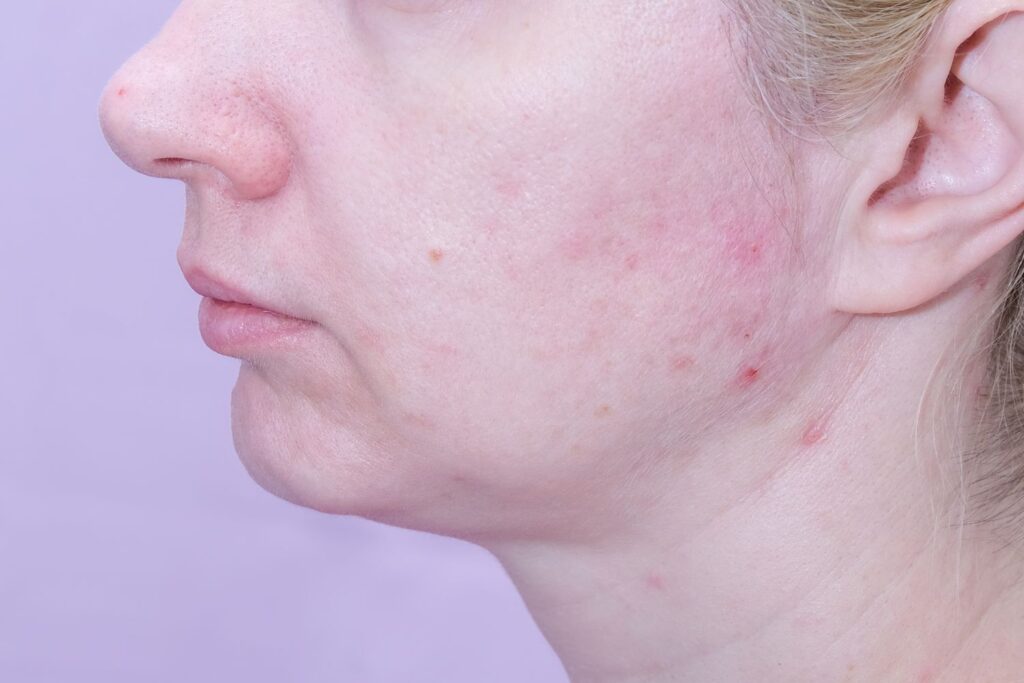
Pores that are clogged with bacteria, sebum, dead skin cells, and dirt lead to skin inflammation resulting in acne. Acne can be made up of the following skin blemishes:
- Blackheads and whiteheads
- Pimples and pustules
Blackheads occur when a pore becomes clogged. It is an open pore in the skin that appears as a tiny black spot. Whiteheads, on the other hand, is a clogged pore that is closed. It can be identified as a tiny raised bump with a white tip on the skin.
Cysts and nodules are clogged pores that go deep into the skin. This skin irritation causes inflammation and is painful when touched. Nodules that have pus inside are called cysts and may leave acne scars.
Pimple is the general term used for skin inflammation and irritation as a result of clogged pores. A pustule is a large pimple that is filled with pus.
The severity of your acne depends on the number and type of pimples present in your face. The table below shows how to categorise this.
| Type | Definition | Characteristics |
| Mild acne | Composed of mostly blackheads, whiteheads, minimal pimples and pustules |
|
| Moderate acne | Composed of blackheads, whiteheads, pimples, pustules, and nodules |
|
| Severe acne | Composed of mostly pus-filled cysts and nodules that are painful and leave scars |
|
What are the available acne treatments in Singapore?
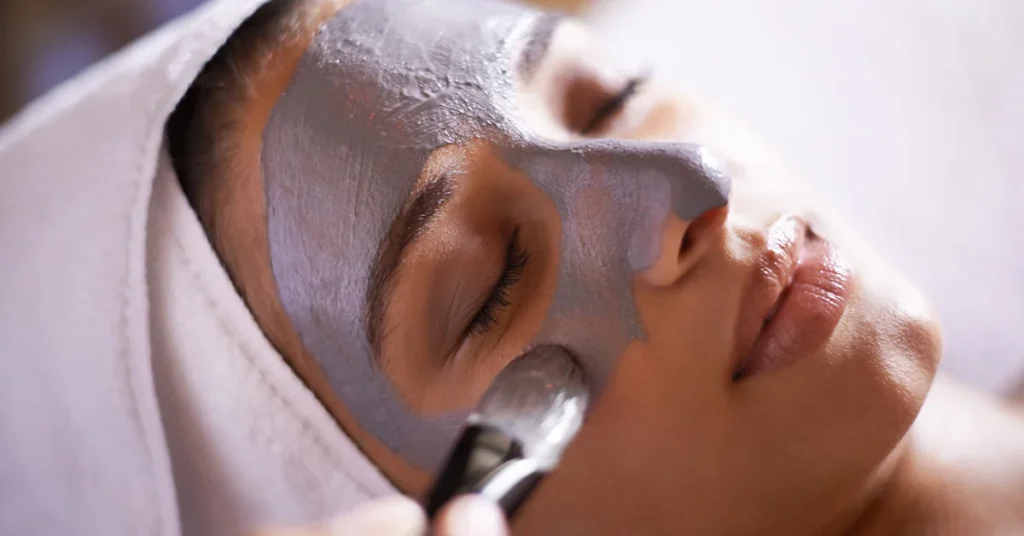
Getting professional help for acne treatments is the best way to ensure that you are not doing any further damage to your skin. There are many available acne treatments in Singapore and certainly there is one that can cure your acne. Treatments can be personalised according to your condition.
The usual treatment used for acne treatments include topical medications like azelaic acid, benzoyl peroxide, salicylic acid, and antibiotics, such as clindamycin and erythromycin. Topical retinoids may also be prescribed by your doctor. If none of these medications work, your doctor may recommend a clinic procedure to address your acne problem.
One of the most efficient acne treatments in Singapore uses a powerful equipment called AGNES.
AGNES acne permanent removal treatment works by targeting specific pores on the face that produce too much sebum. A handheld device with tiny micro needles does the magic of delivering energy-charged radio frequency current into the sebaceous glands and destroys them as the needles penetrate deep into the skin. Because the device is focused only on the sebaceous glands, the surrounding skin tissues are left untouched and undamaged. Likewise, this same device cleans any debris clogged in the pores, leaving a pure and clean skin.
AGNES acne permanent removal treatment is safe and considered a lunch time procedure, meaning you can easily undergo this treatment within an hour without having to take a day off, in case you are working.
Depending on the severity of your condition, you may need around two to three sessions of AGNES acne permanent removal treatment within two years to achieve optimum results.
As for results, you can expect the following:
- A decrease in acne breakouts for at least 50 to 70 percent after your first treatment.
- A decrease in acne breakouts for at most 90 percent after your third treatment.
- The treatment can leave your skin acne-free for up to a year following your last treatment.
While these improvements have been observed on acne prone skin that have undergone the AGNES acne permanent removal treatment, it is important to remember that the results will highly depend on the response of your skin to the procedure. You may or may not need follow-up procedures after completing a full session of this treatment.


